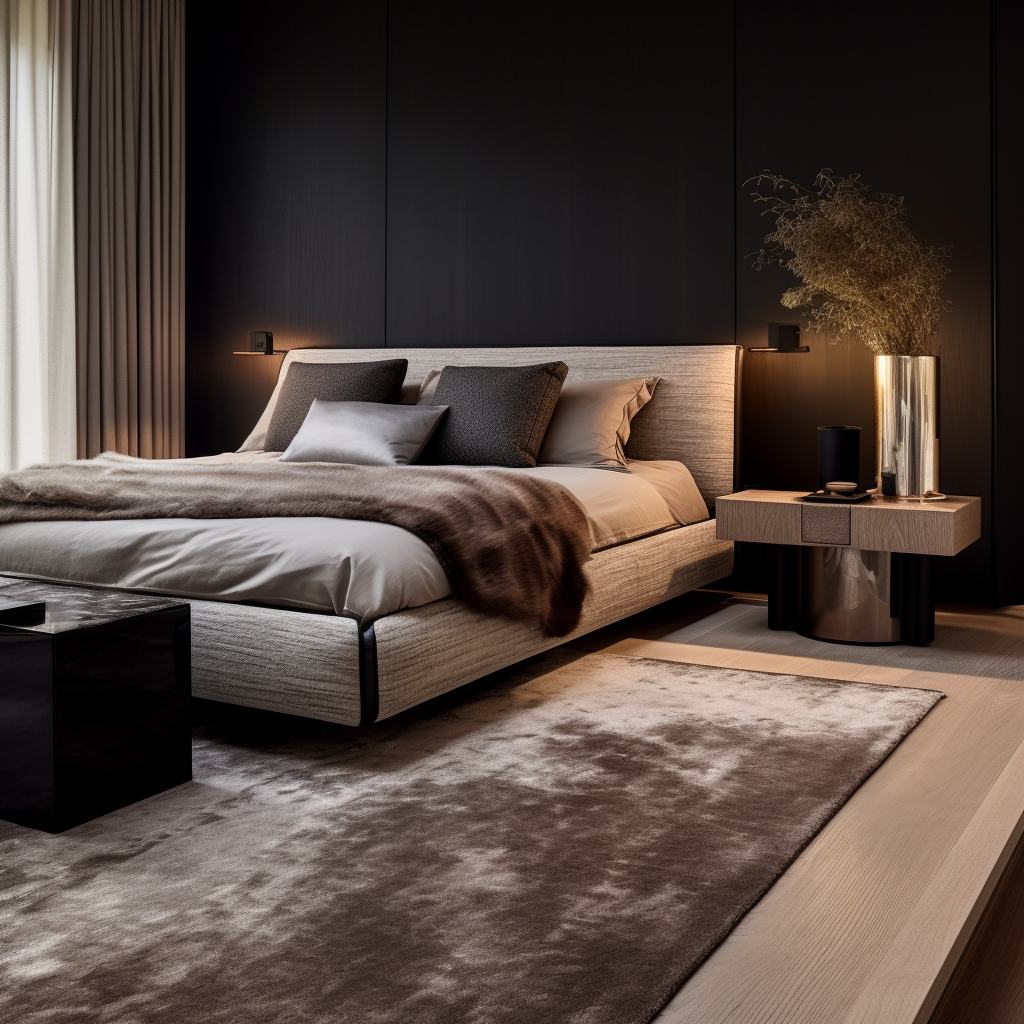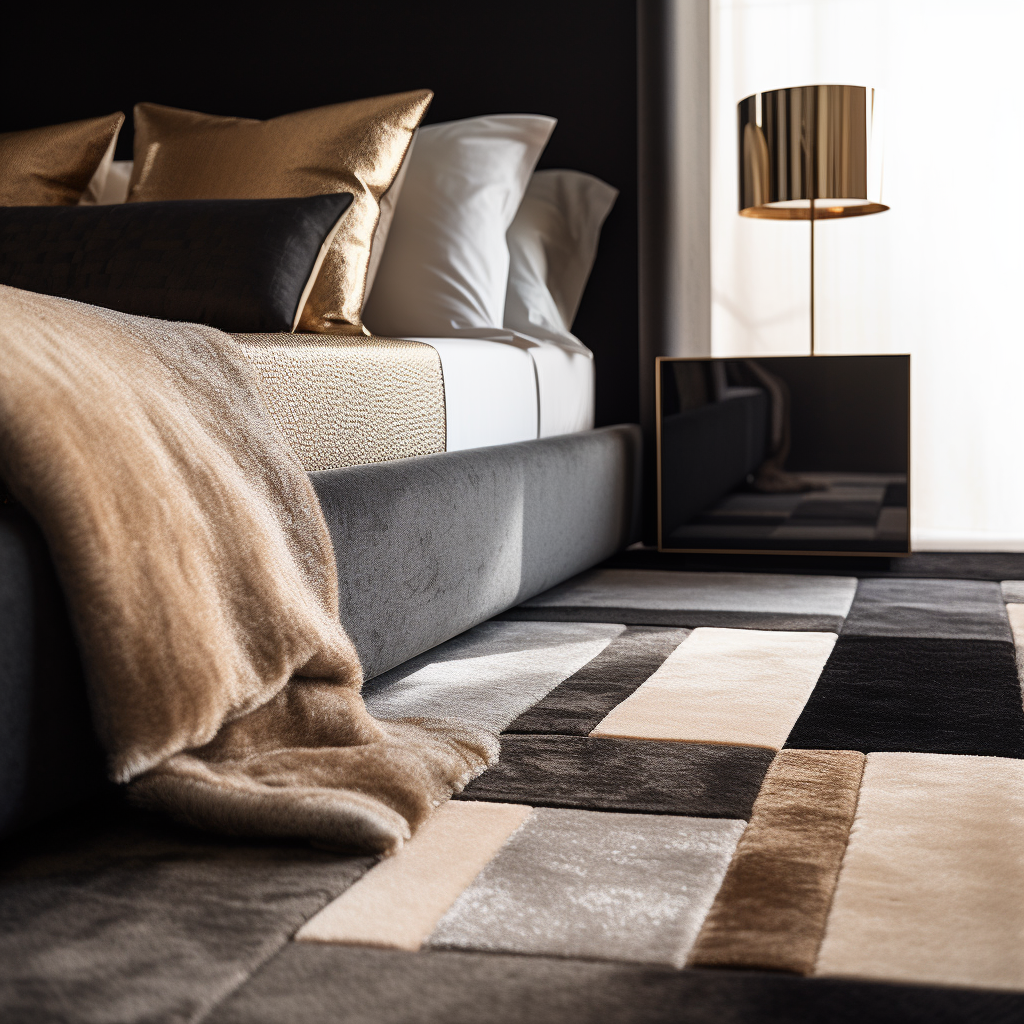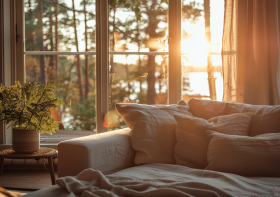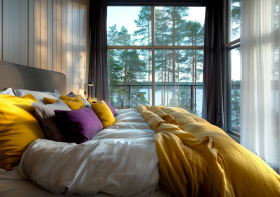Selecting the Perfect Area Rug
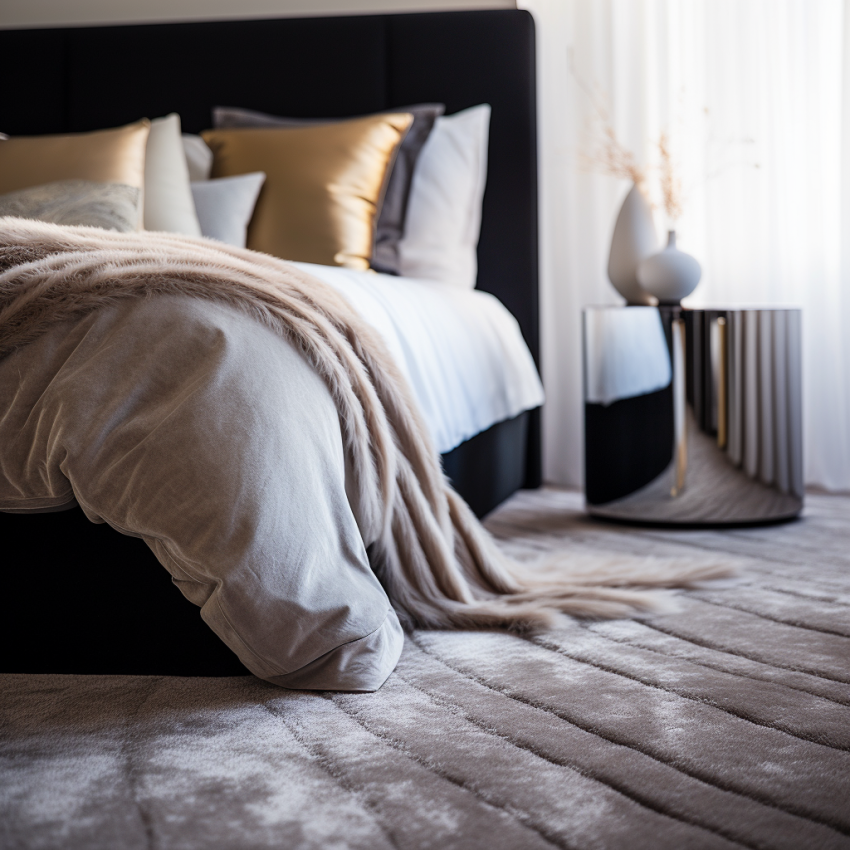
Think of an area rug as a transformative work of art for your floor. The right area rug can completely change the look or layout of a room. Characteristics such as a rug’s material, size, color, or shape will impact not only design but functionality as well. Consider the practicalities: woolen rugs are superior to jute or sisal ones for pet owners as they mask stains and dry faster. While high-pile rugs offer more comfort when walked on, low piles are sleeker. Investing in a rug pad isn’t merely a recommendation – it’s essential for preserving the life of your rug and the floor beneath.
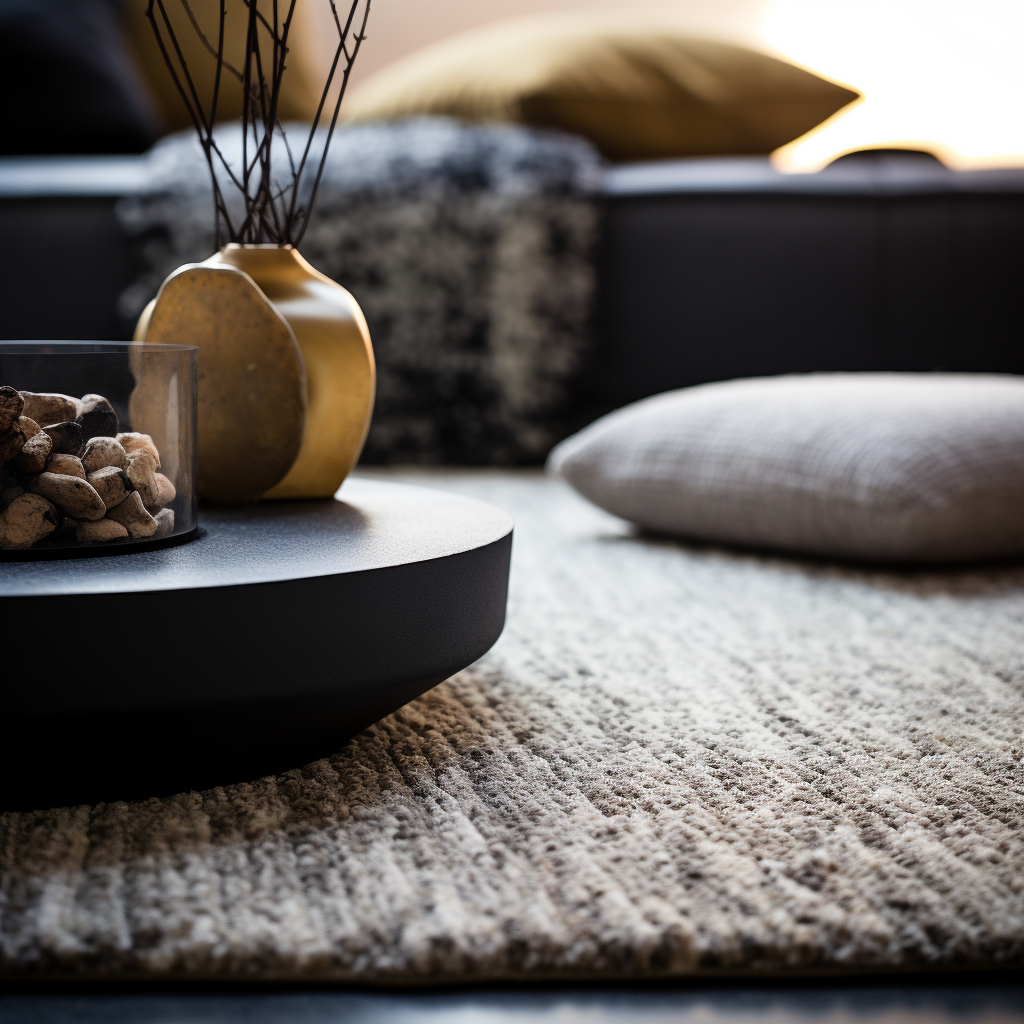
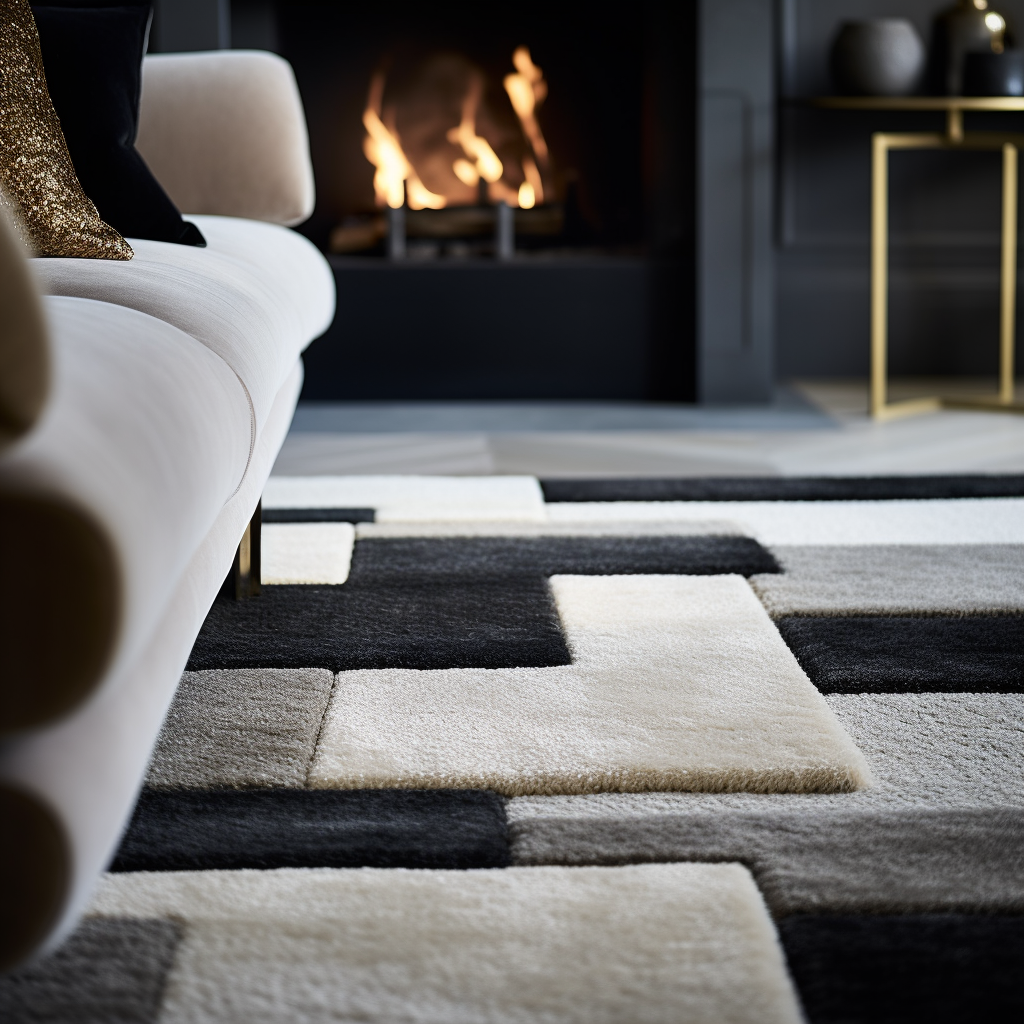
Before You Buy
Initiate your rug hunt by reflecting on your living habits and requirements. For instance, an entryway rug will endure more foot traffic than one in a formal dining space. A plush, high-pile rug may be ideal for a master bedroom, while a dining room might benefit from a low-pile rug for easy spill cleanup. If you’re swapping out an old rug, ponder whether you desire a contemporary flair or prefer a classic touch. Maintaining a focused approach will ensure you navigate the choices without feeling swamped.
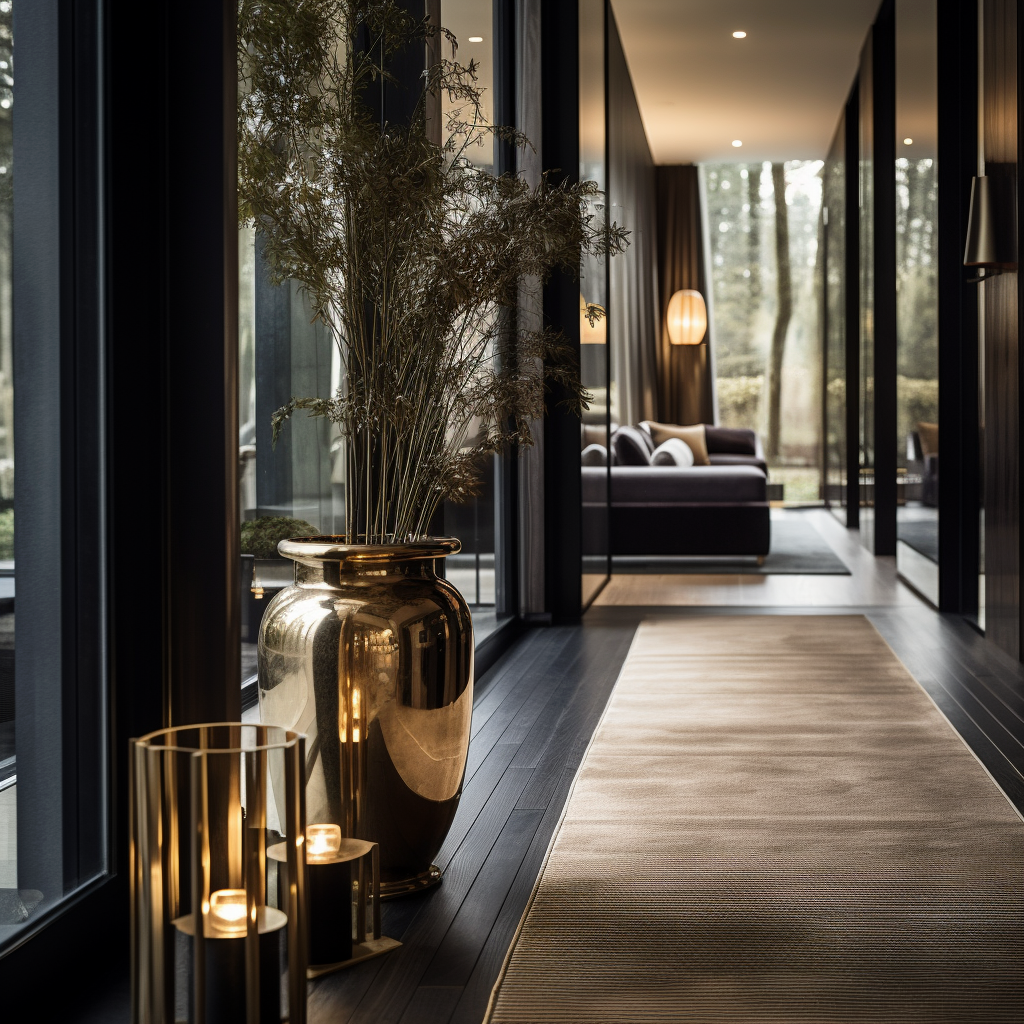
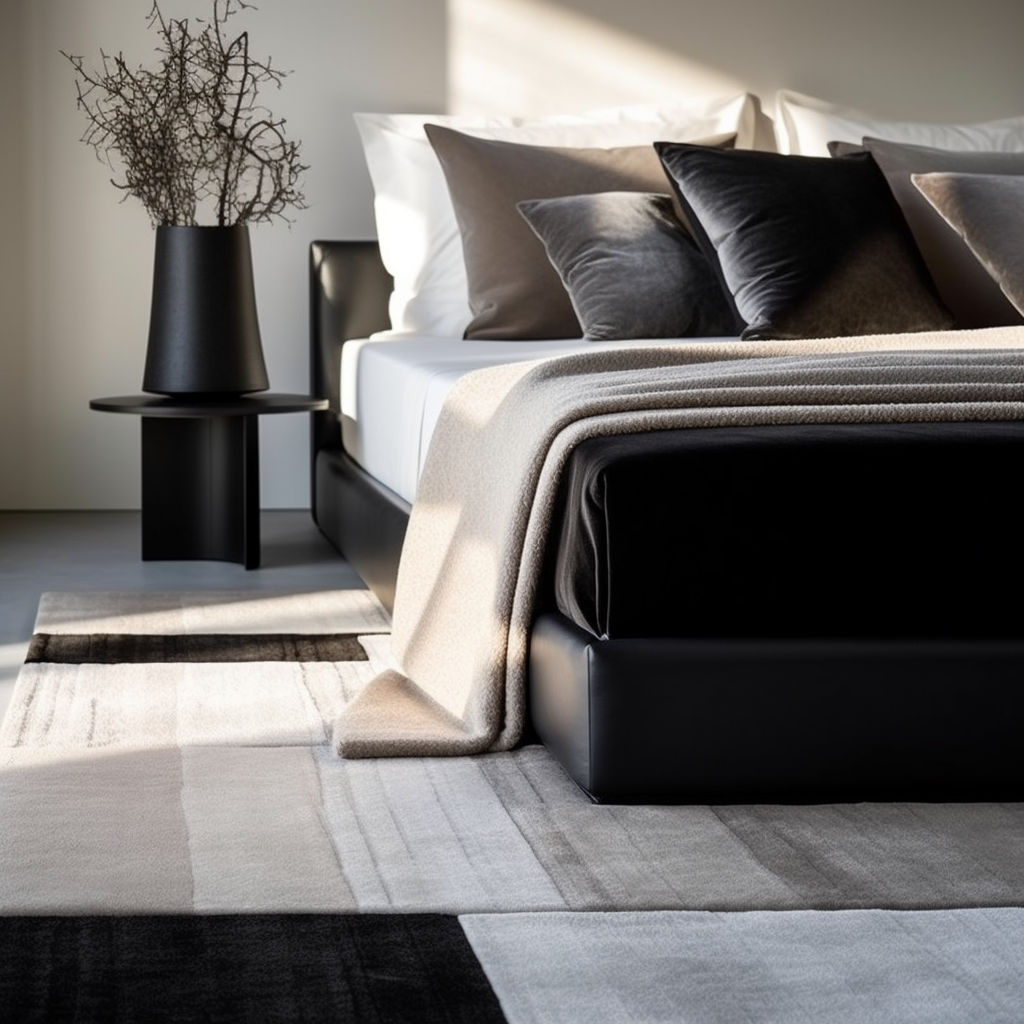
Materials and Hues of Rugs
Often, you’ll find rugs categorized under natural fibers, which encompass materials like bamboo, cotton, jute, silk, and wool. For those prioritizing durability and sustainability, natural fibers stand out as a prime choice. Their understated shades with nuanced variations establish a solid base for any room, facilitating versatile layering of textures and design themes. On the other hand, synthetic materials boast cushioning, resistance to fading, low upkeep, and affordability. They’re particularly suitable for households with kids and pets, given the modest initial cost. It’s a misconception to deem rugs as delicate. Some believe in waiting till their kids grow up before splurging on a rug. However, in reality, you might end up discarding multiple low-cost rugs in contrast to a single, superior-quality wool rug.
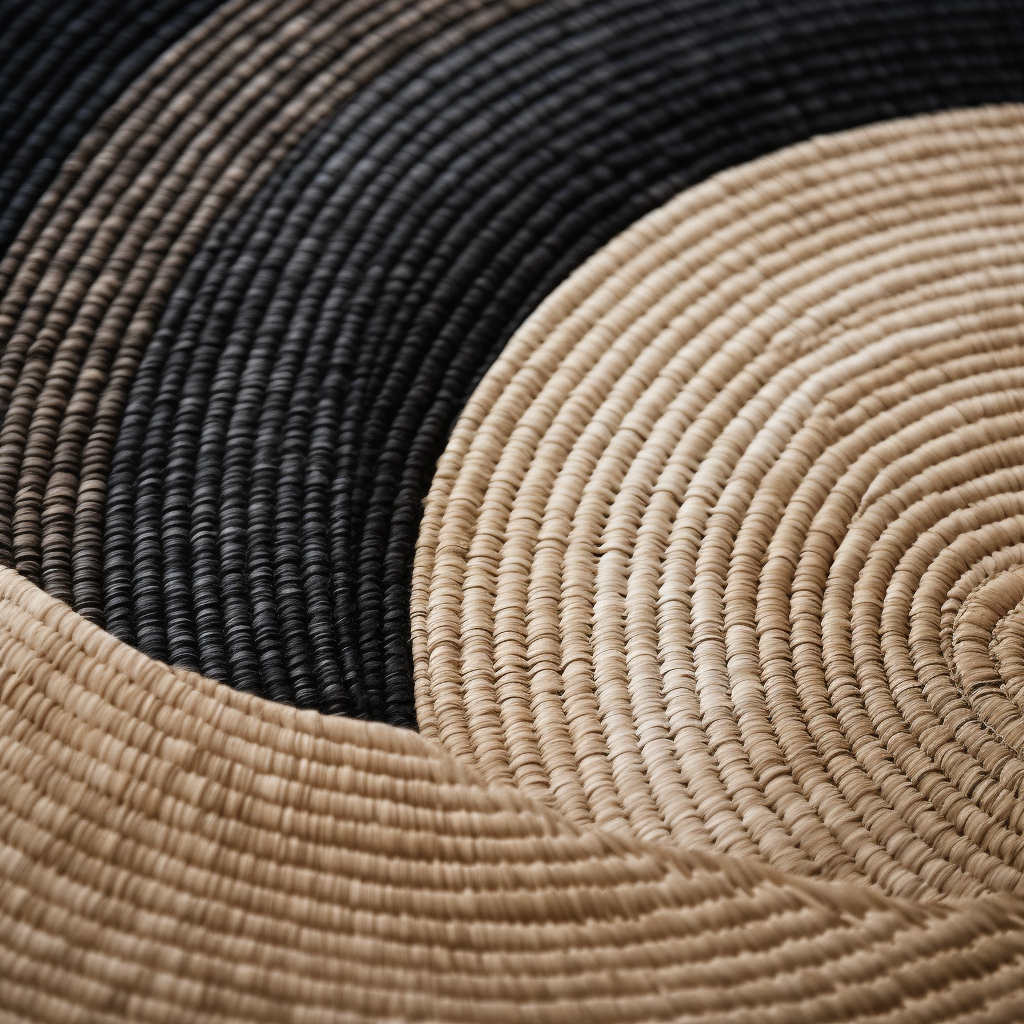
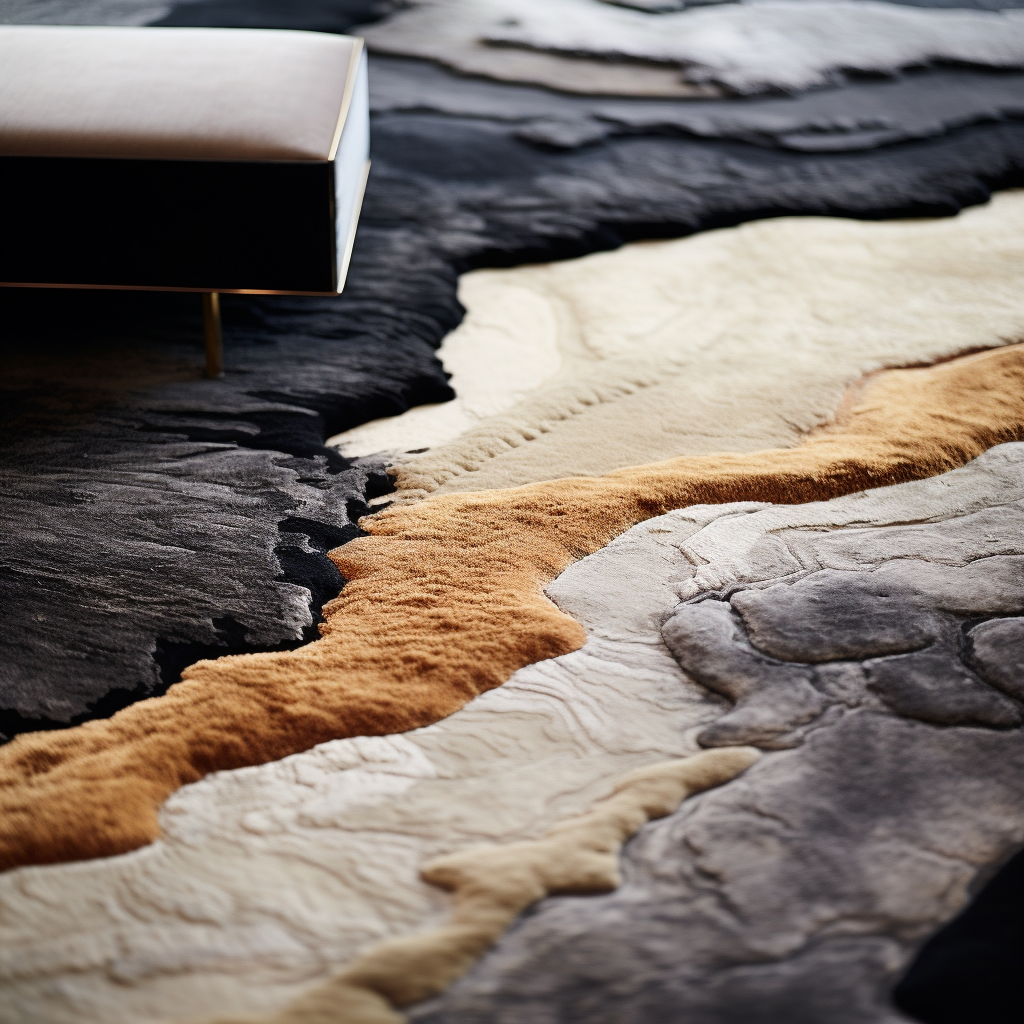
Design and Pattern in Rugs
The realm of rug designs and Patterns has evolved beyond just conventional choices. The realm of rug designs and motifs has evolved beyond just conventional choices. Consider machine-washable selections from brands like Dash and Albert or purpose-driven rugs by the Georgia-based Enkay. For a personalized touch, June St. George in Raleigh offers monogram rugs, while Birmingham’s Hazel House presents classic options. Each rug variety resonates with a distinct decor preference and requirement. Given that the floor occupies one of the most expansive spaces in a home, it’s an overlooked canvas for self-expression. Dare to be adventurous in your selection.
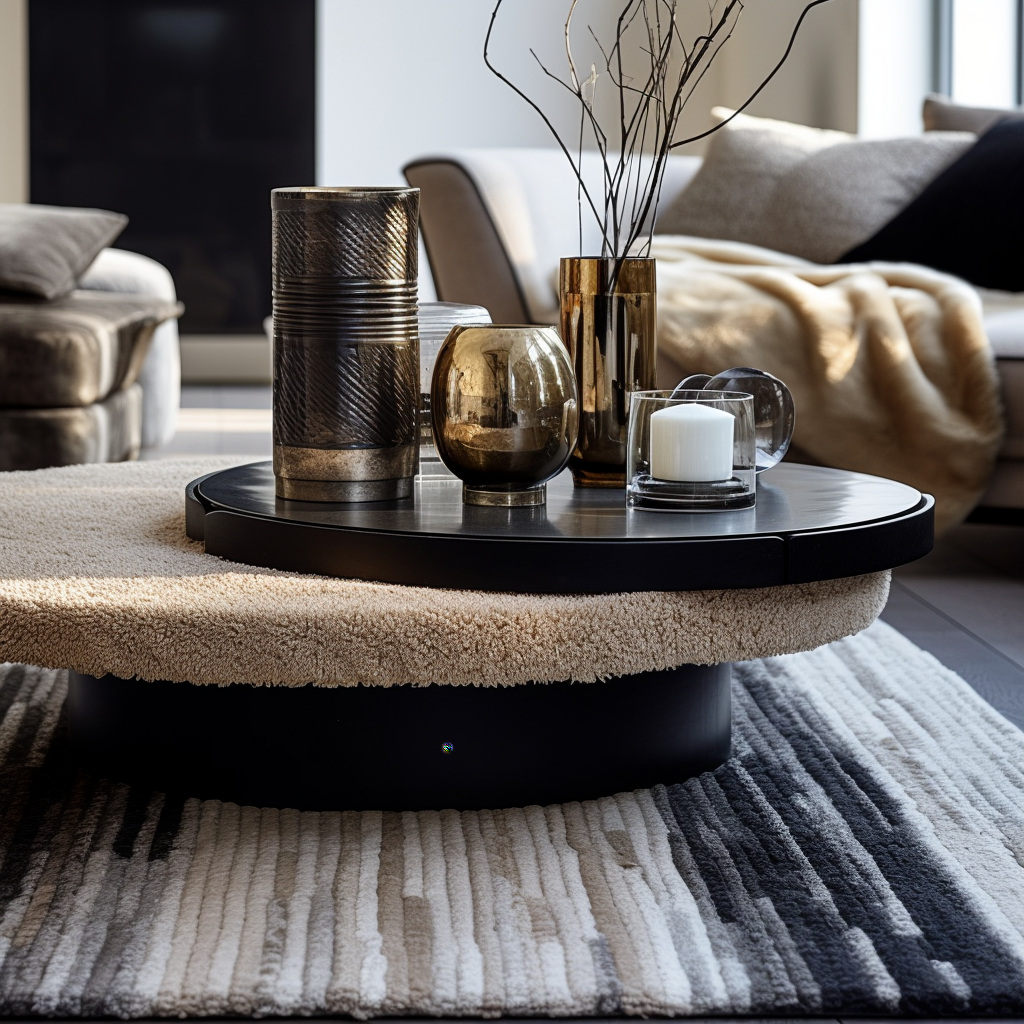
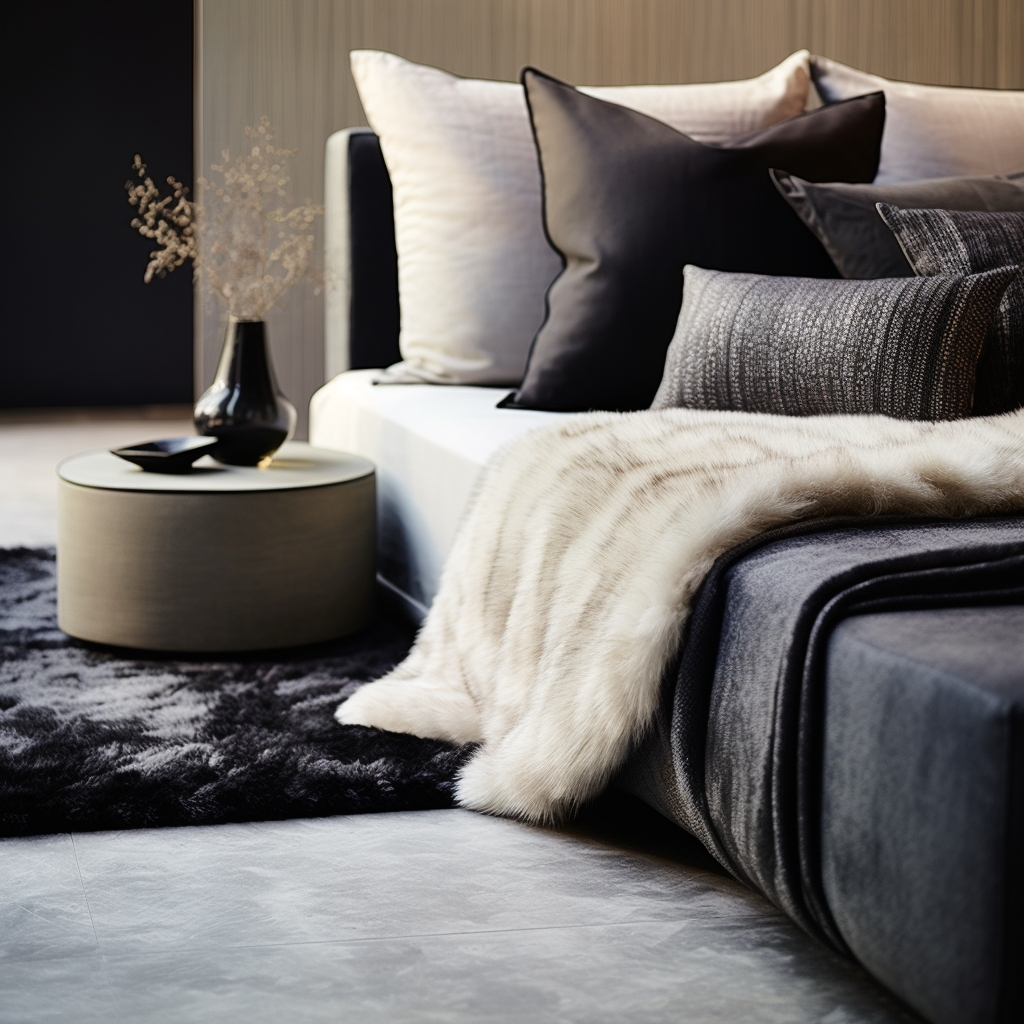
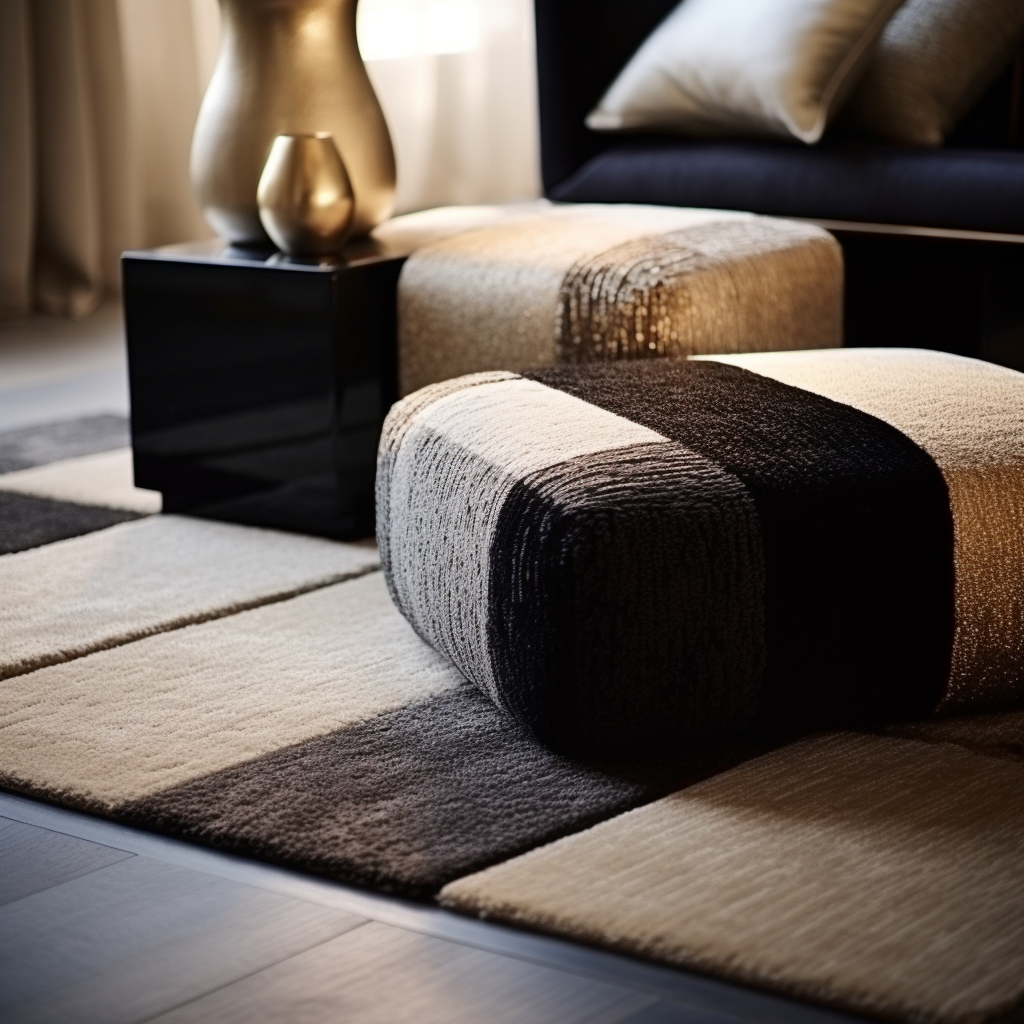
Budgeting and Sizing for Rugs
Navigating the diverse world of rug piles, materials, uses, and designs can seem daunting, especially when considering costs and space constraints. Handmade rugs, crafted entirely by artisans, are generally pricier due to their quality and longevity. Besides craftsmanship, the material and dimensions of the rug also influence its price.
- To fit a room, maintain a gap of about 4 to 6 inches/10 to 15 cm from the wall on all sides of the rug.
- In living spaces, center the seating area for a cozy feel. Ensure the rug encompasses all furniture, covering both the front and back legs of each item.
- For precise sizing, outline the desired rug area with painter’s tape. This method provides an approximate measure for the rug size you’ll require.
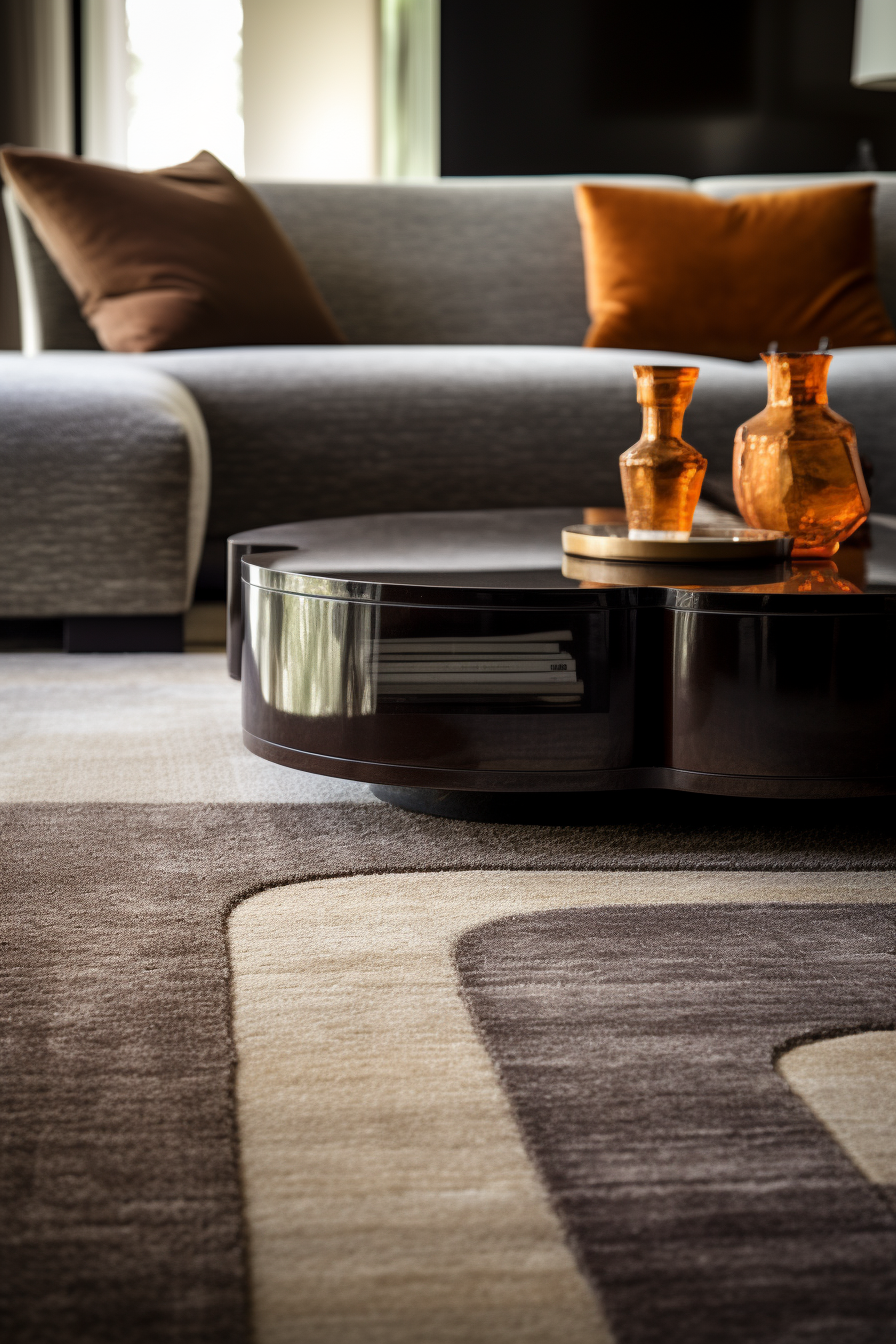
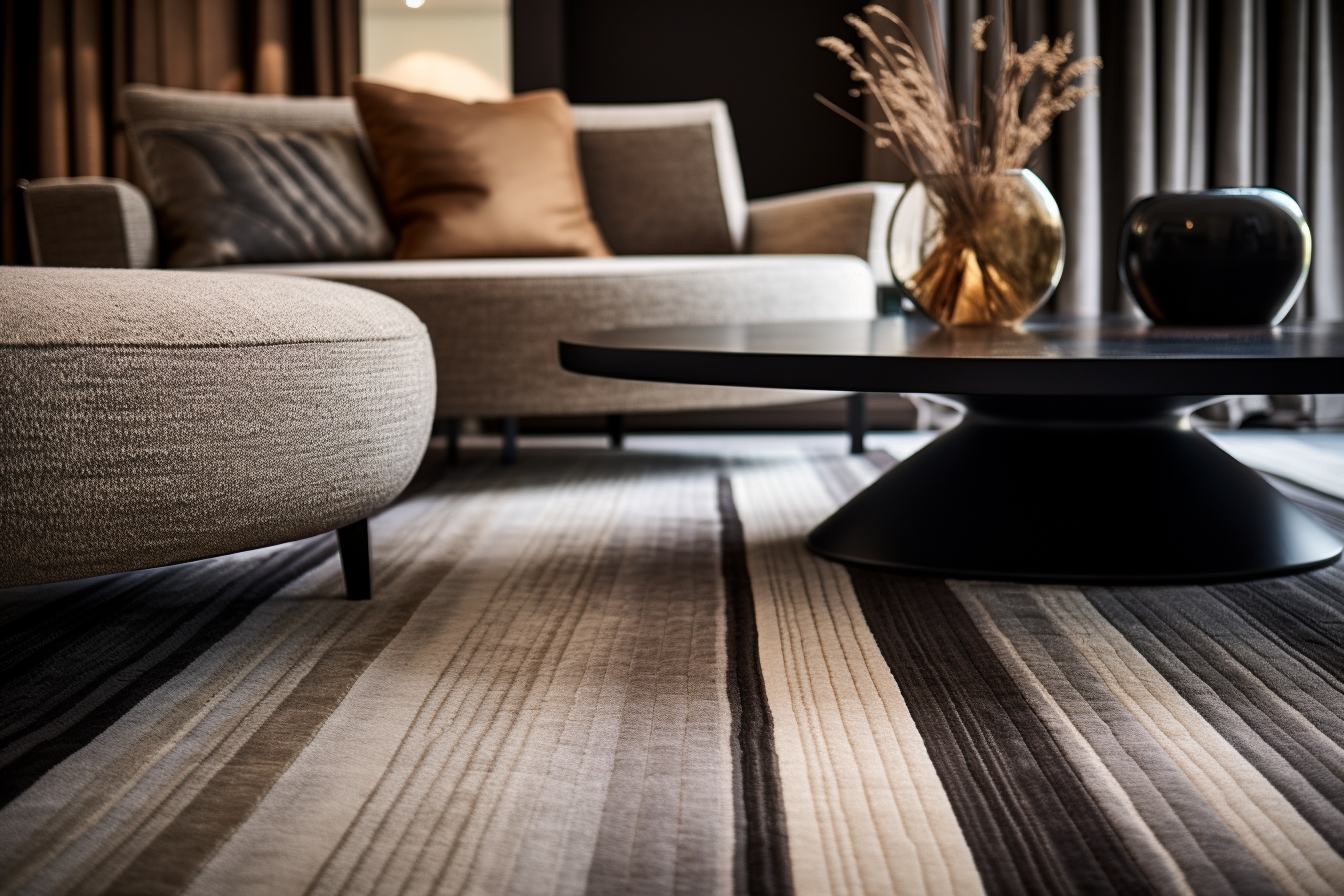
Choosing the Ideal Rug for Each Room
Opt for durable, high-quality rugs that stand the test of time. Wool flat weaves, whether aged or contemporary, are typically budget-friendly and suitable for numerous areas. Conventional decor wisdom suggests using rugs that occupy most of the room, leaving a border of around one to two feet of exposed floor.
Rugs play an essential role in demarcating distinct areas. Ensure they don’t obstruct the pathways linking the living room, dining area, and kitchen. Instead of attempting to match rugs in an open-plan space, view them as a harmonious ensemble.
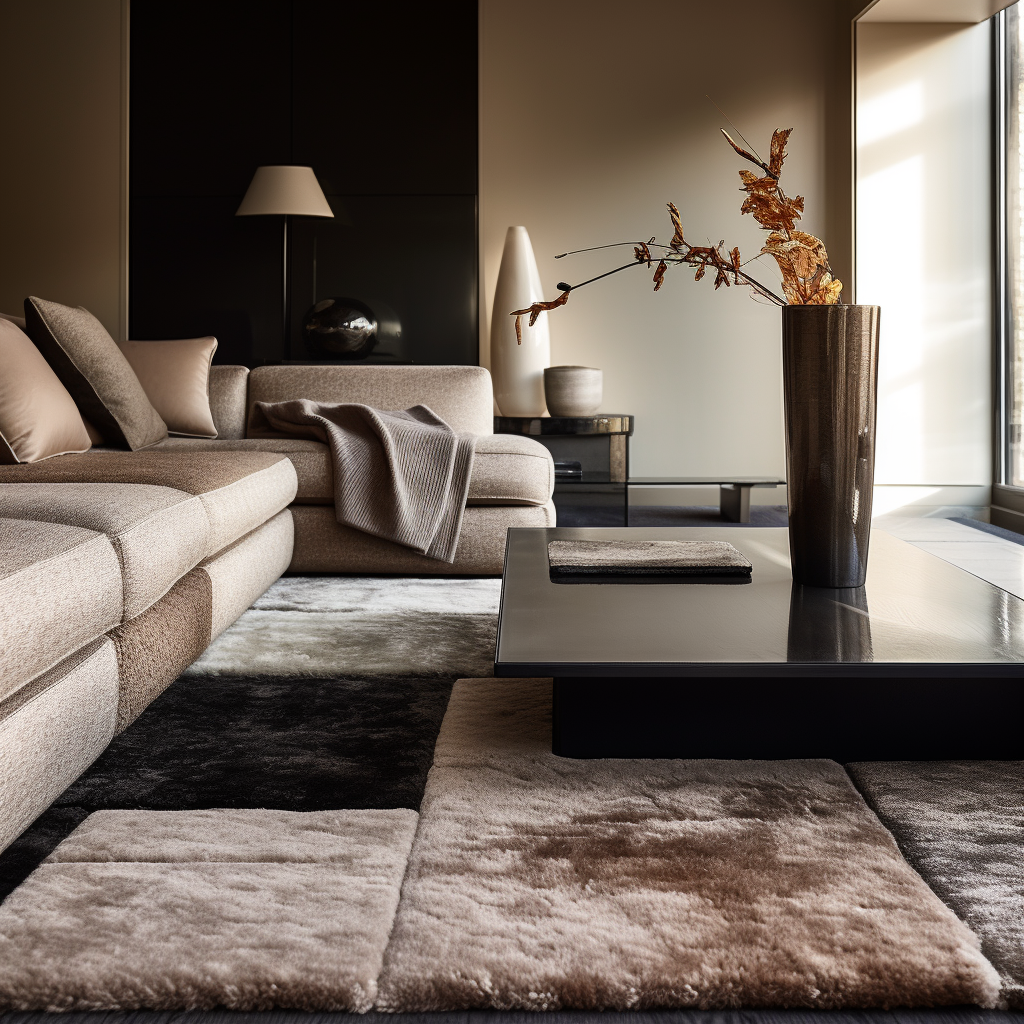
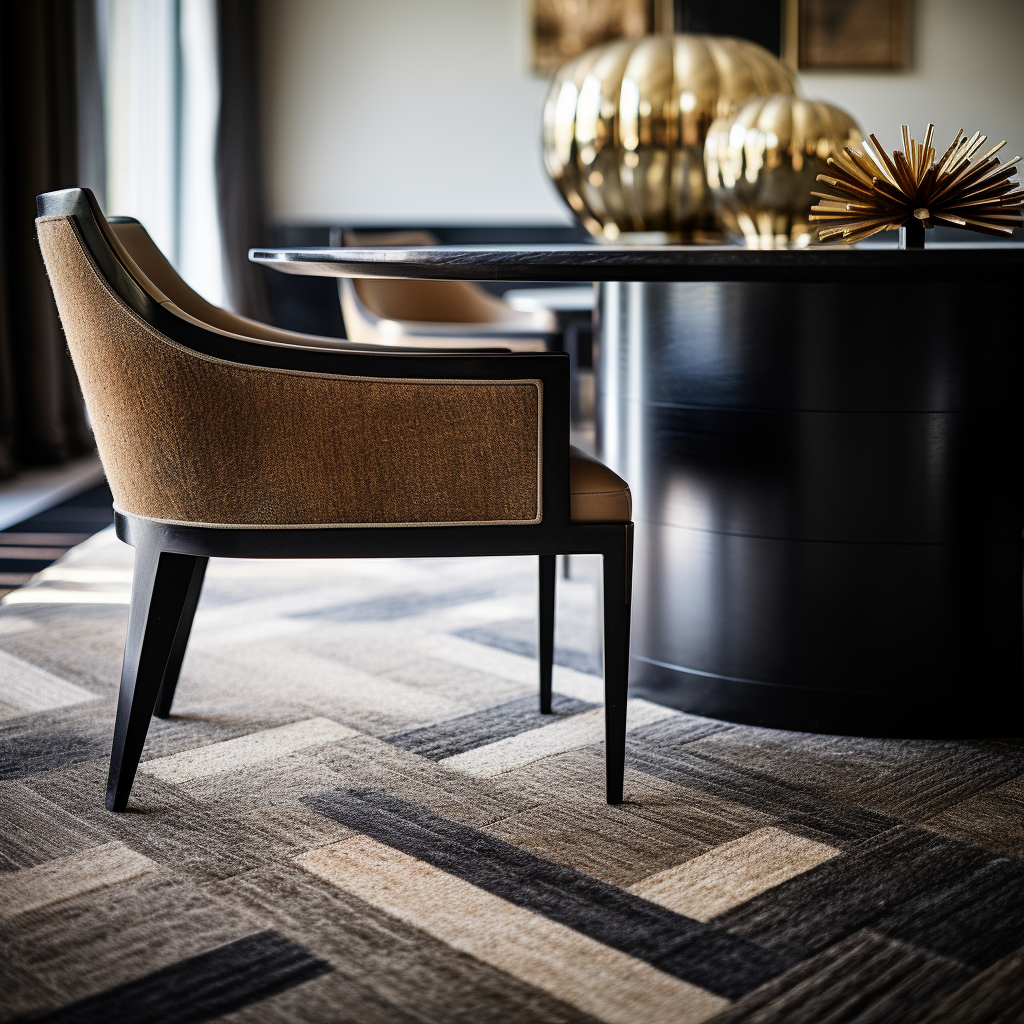
The Living Room
In expansive living spaces, it’s advisable to opt for rugs that cover a significant portion of the floor. Doing so not only creates a cohesive aesthetic but also helps to define and anchor the seating area, making the room feel warm and inviting. By extending the rug across a large section of the room, you can bring together various furniture pieces, ensuring a harmonious and integrated design. Remember, the right rug can transform a space, adding both comfort and elegance to your living room.
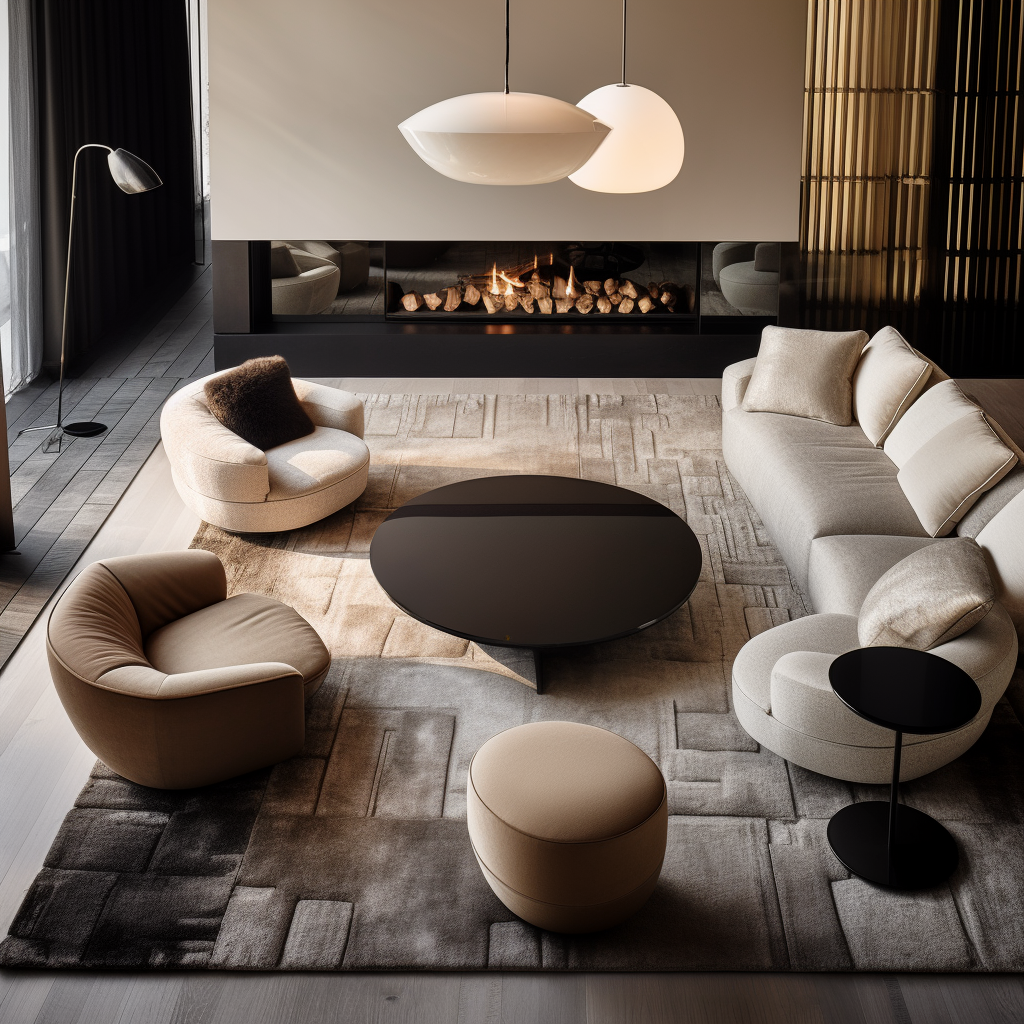
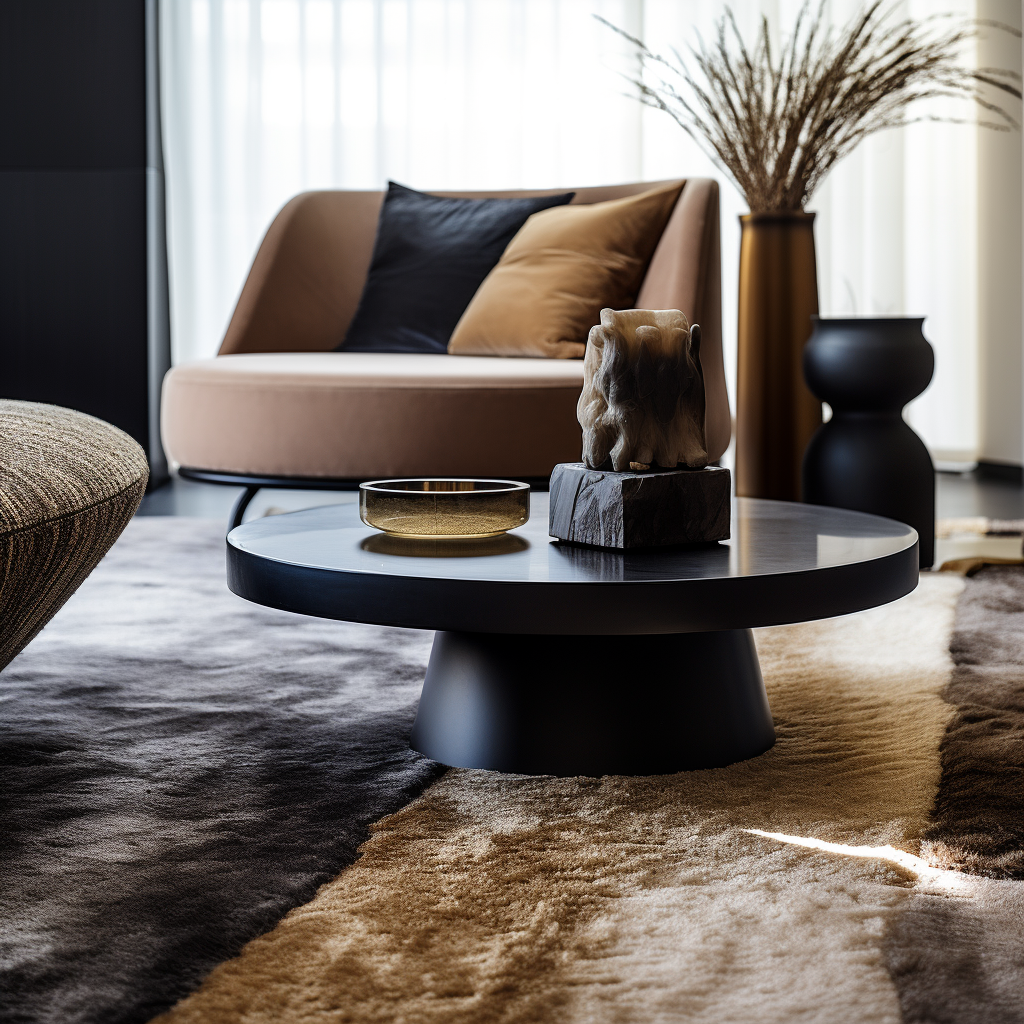
The Dining Room
Dining areas often have specific requirements for rugs due to the nature of the furniture. The primary aim is to select a rug that anchors the space and seamlessly connects the table and chairs. To determine the ideal rug size, take the dimensions of your table and add approximately 4 feet/ 120 centimeters to both its length and width. This ensures chairs remain on the rug even when pulled out, providing stability and preventing any unexpected slips or trips.
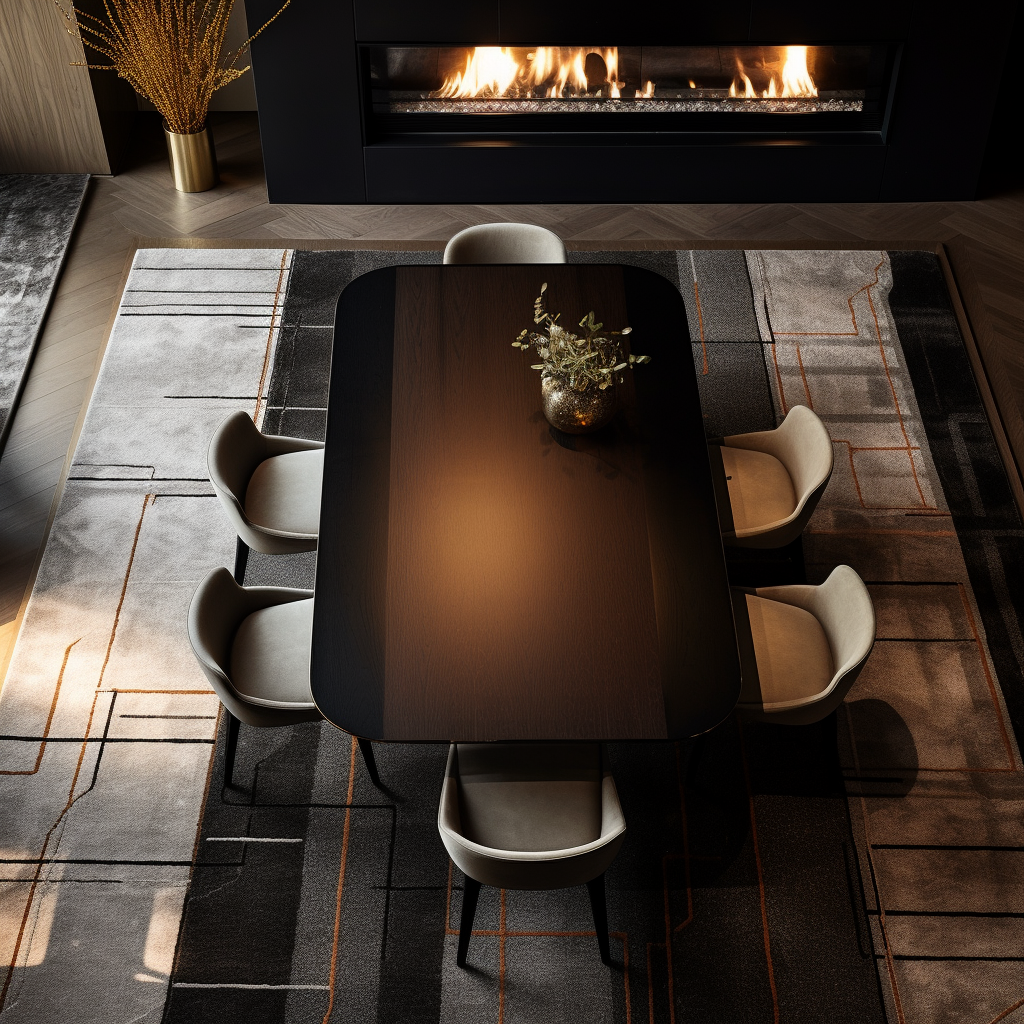
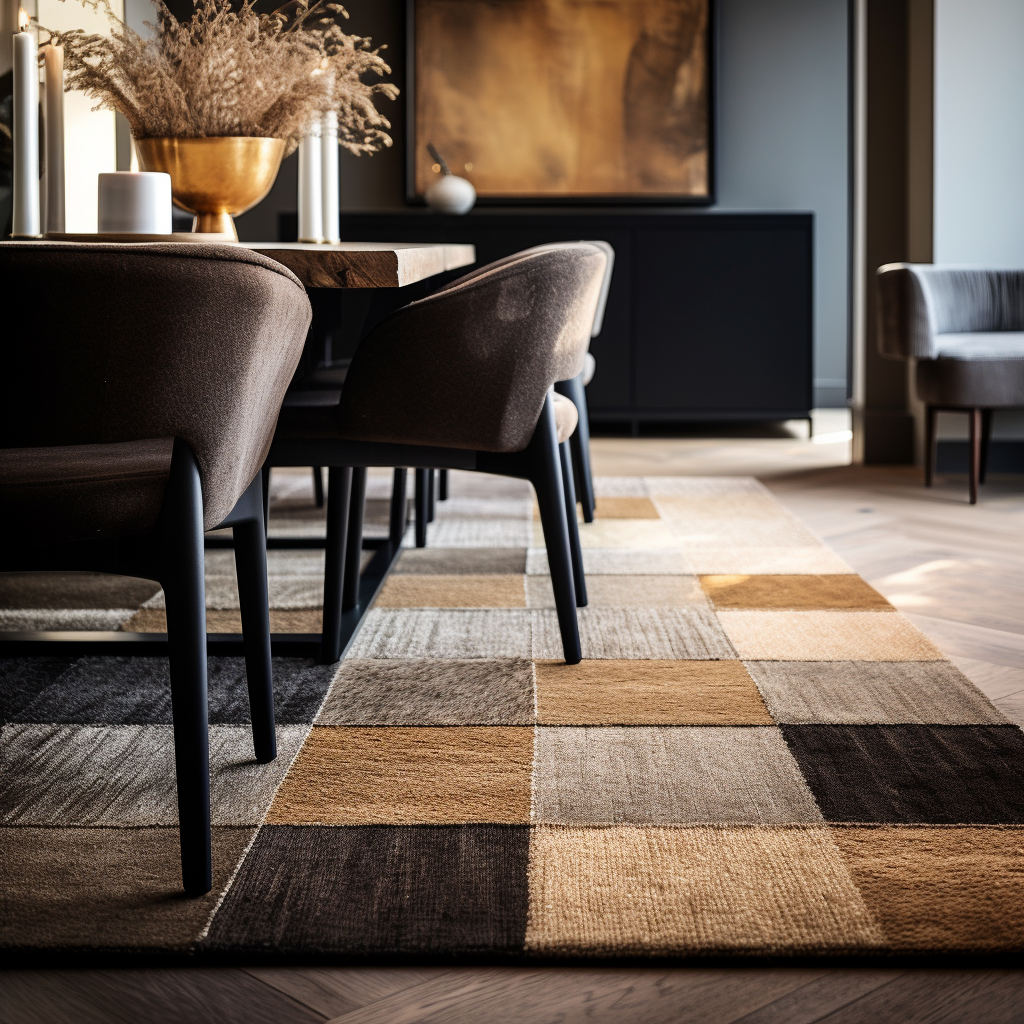
The Bedroom
In bedrooms, the preference often leans towards expansive square rugs beneath the bed, ensuring there’s ample softness underfoot on both sides and the end when you rise. If this isn’t feasible budget-wise, think about selecting a coordinated set of smaller rugs or runners flanking the bed. For compact rooms, opt for a rug proportionate to the size, as this can make the space feel more expansive and provides a comfortable foundational layer to enhance the room’s aesthetics.
